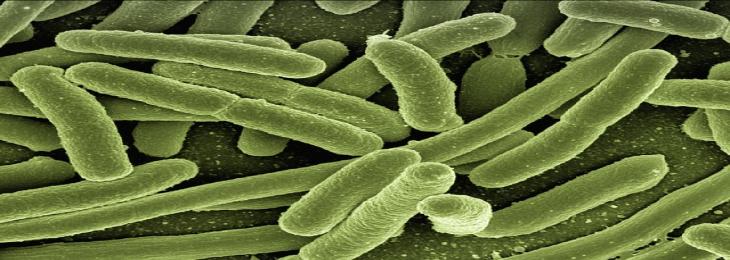
Recycling is made possible by the unique cyanobacterial strains' quick and effective "bio sorption" of rare earth elements.
A group of 17 metallic elements known as rare earth elements (REEs) share similar chemical characteristics. They are only occasionally found in the Earth's crust, where they are normally found in quantities between 0.5 and 67 parts per million, giving them their name. Modern technology, which includes items like cellphones, electric motors, LEDs, wind turbines, hard drives, magnets, cameras, and energy-efficient light bulbs, heavily depends on these components. Because of this, the demand for REEs has been steadily increasing over the past few decades and is expected to do so until 2030.
REEs can be highly expensive due to their high demand and lack of supply. It is clear that switching from a wasteful "linear" economy to a "circular" economy, in which all resources are recovered and used again, has benefits. Might it then recycle REEs more effectively as well.
The answer is affirmative, as German researchers demonstrated in Perspectives in Biotechnology and Bioengineering: the biomass of some unusual photosynthesis cyanobacteria may effectively assimilate REEs from wastewater, such as those produced by metallurgy, mining, or the recycling of e-waste. After that, the biomass can be cleaned of the absorbed REEs and recovered for later usage.
They identified the crucial chemical routes for REE binding and enhanced the conditions for cyanobacterial biomass to take up REEs. These bacteria could be utilized in future eco-friendly approaches for concomitant REE recovery and treatment of industrial wastewater," claimed Dr. Thomas Brück, a scholar at the Munich Technical University.
The authors come to the conclusion that even at low quantities of the metals, cyanobacteria can biosorb REEs. The process is also quick; for instance, within five minutes of the reaction beginning, the majority of the cerium in solution was biosorbed.
The cyanobacteria mentioned here are capable of adsorbing dry matter in REEs up to 10%. The circular collection and use of rare earth metals from dilute industrial effluents from the electronic, mining, and chemical catalyst-producing industries is thus made possible via biosorption, according to Brück.






